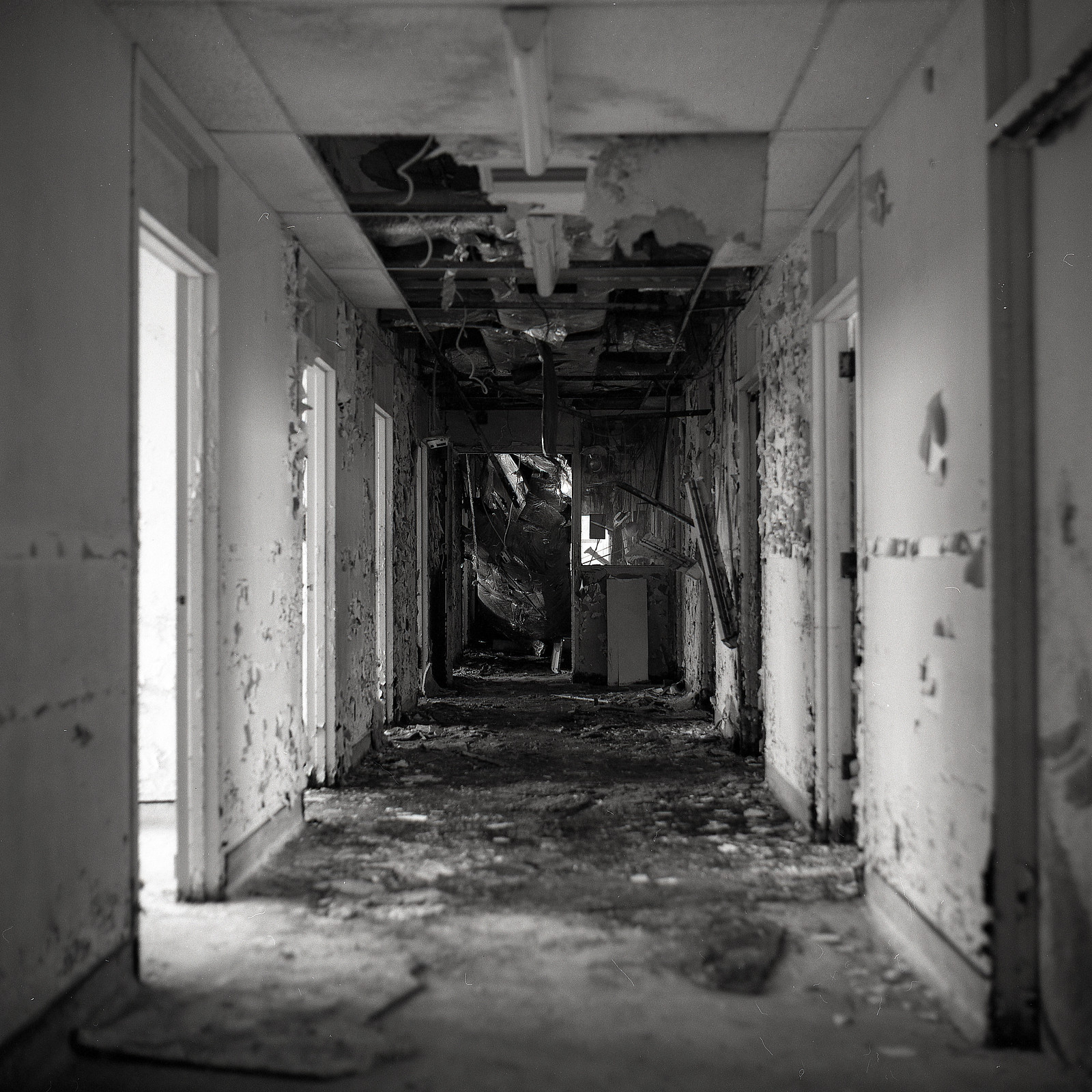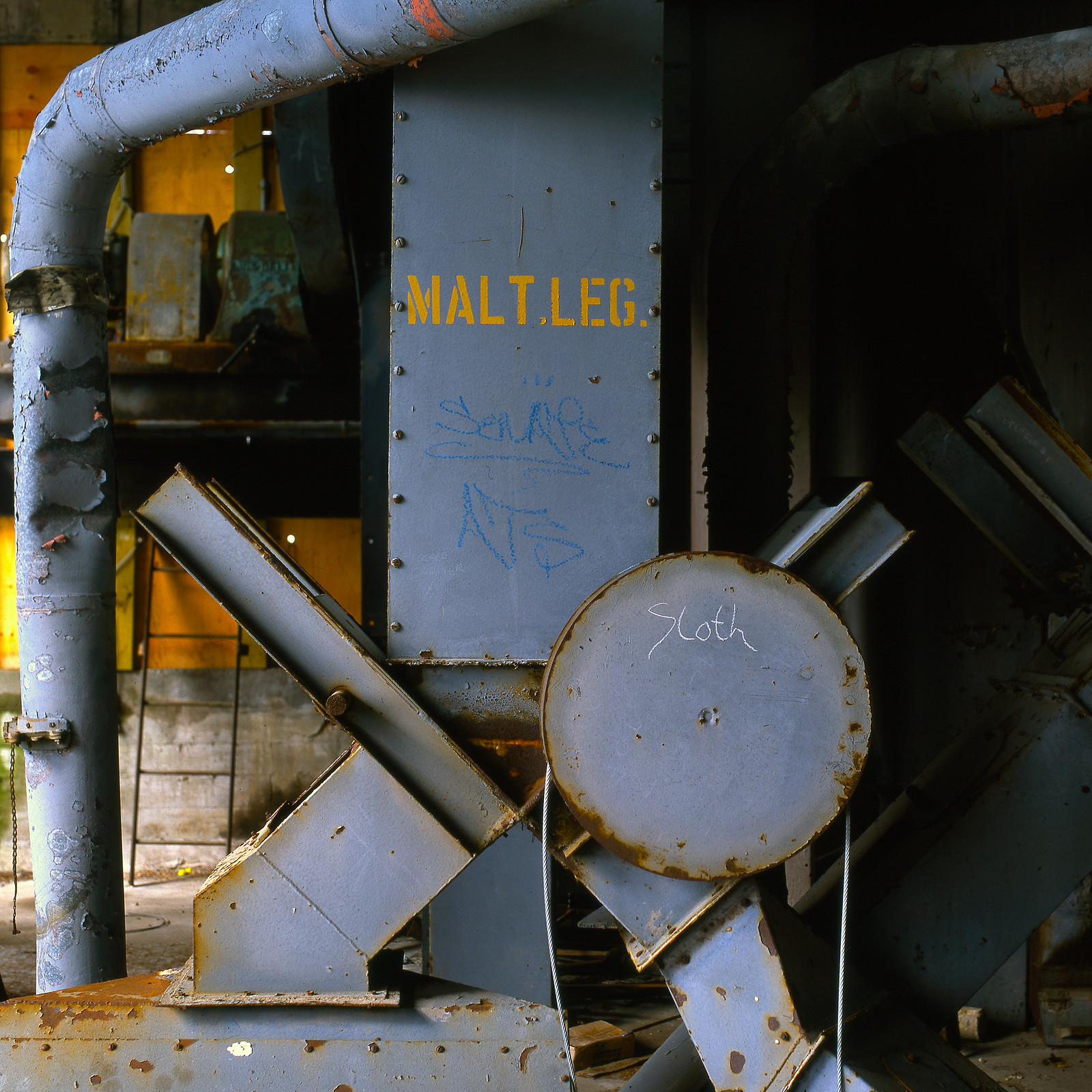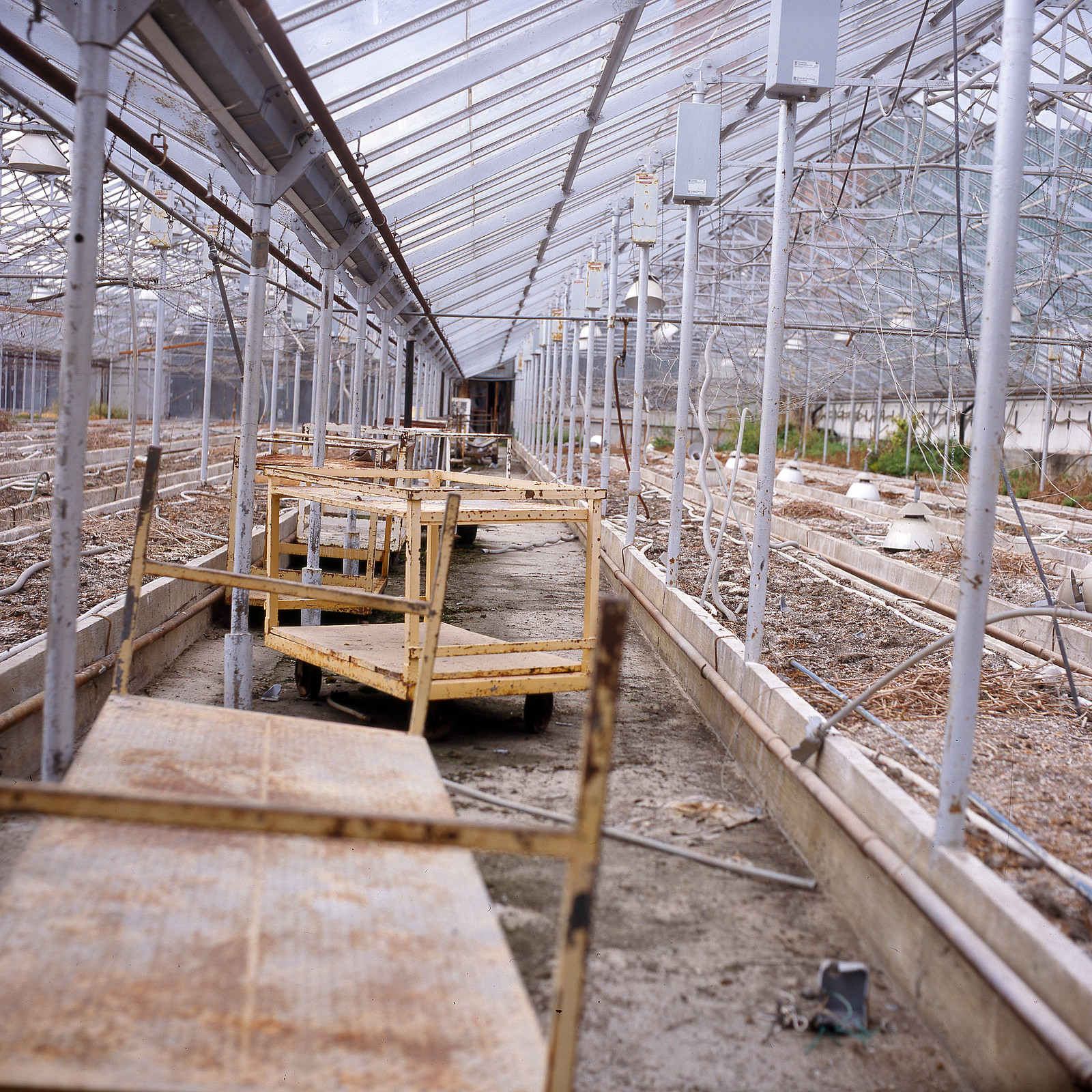Back in my first struggling steps into the broader world of film photography, I came across this strange camera. Now, I knew about Hasselblads and also knew how expensive they were, but the seller informed me proudly that the Kiev 88 is a direct copy of the Hasselblad but at a far better price. I ended up getting the body, two lenses (but never used the second one??) and a pair of film backs. Oh, the seller also threw in a Zorki 4 with a pinholed shutter. I had to admit; I liked working with the 88, I lucked out and got the CM version with a bayonet styled mount. Sadly after a couple of years of working with the camera, I ended up selling it as I had gotten into TLRs and needed a bit of extra cash to feed the film stockpile and ended up selling the whole kit for a decent price (ended up making a bit of money off the package).

Camera Specifications
Make: Arsenal
Model: Kiev 88CM
Type: Single Lens Reflex
Format: Medium Format (120), 6×6
Lens: Interchangable, Pentacon Mount
Shutter: Cloth Focal Plane Shutter, 1/2″ – 1/1000″ + Bulb
Year of Manufacture: 1980-????


Background
The story of the 88 starts at the same place where the Hasselblad story begins, at least according to urban legend. Arsenal claims to have gotten their hands on the same Nazi surveillance camera that the Sweedish did that turned into the iconic Hasselblad 1600F and 1000F. While there’s no proof that the Russians got their hands on the same camera, but there’s a chance they found the plans during their drive to Berlin during the Second World War. A more likely story is that they got their hands on a Hasselblad. Arsenal would, in 1957 release the Salyut, a stripped-down version of the Hasselblad 1600F. Unlike the Hasselblads the shutter topped out at 1/500″ and used a simple thread lens mount with no automatic aperture. In 1972 an updated version, the Salyut-S provided the update to allow for automatic aperture. So close where these two cameras to the original Hasselblad models that accessories like film backs and prism finders were interchangeable. The original Salyut ceased production in 1974, and a year later an export version of the Salyut-S began to spread around the world, the Kiev 80. Arsenal released a single slightly more refined version, the Kiev 88 in 1980. The only real difference in this new model has improved build quality and slightly better shutter clockwork allowing shutter speeds to top out at 1/1000″. During the production the 88 was developed twice, the first is the 88CM which changed from a threaded lens mount to a bayonet styled Pentacon Six mount, the addition of a metered prism finder created the 88TTL. While I’m unsure when production ended, it could have been in the 1990s or as late as the early 2000s. Today the company Arax, who bought out the Arsenal plant in 2009 makes their version of the 88, the Arax CM.


Impressions
At forty yards the Kiev 88CM looks like a Hasselblad, but as soon as you pick it up, you know that it’s not a Hasselblad. Like all Soviet copies, the 88 is a heavy beast of a camera. There’s no finesse to the camera how it’s designed, things work. Nothing pops up or is spring-loaded. The camera body has three main controls, the film advance, which is also the shutter speed dial, the lens release, and the shutter release. If you’ve used a Hasselblad, especially the earlier ones the layout is relatively similar. Like all Russian cameras, you need to ensure your shutter is cocked before changing the speeds. That’s done by pulling the film advance out and moving to the appropriate speed. Not the mention the camera itself is heavy, and you certainly need a heavy-duty strap.


Experiences
I can remember my first time working with the 88; both film backs had spacing issues. After scouring the Internet I came across details on how that the spacing issue can crop up and mine had it bad, thankfully with just a slot screwdriver, I managed to fix the problem. Loading the backs proved simple enough; the only matter is making sure to advance the film up to the first frame. After that, each frame would advance automatically. Use of the camera out in the field is a lot of fun, and the 88 spent more time on a tripod than in hand. I think I only used the camera handheld three times over the course of its time in my bag. Operationally the camera is simple to use, the viewfinder isn’t the best out there, and the focusing loupe is terrible, the small size combined with the dim finder made it almost useless. Besides, when you’re working in the abandoned building, you’re usually shooting wide and deep despite being a Soviet camera, the 88 used standard tripod and cable release sockets. It also has a satisfying clunk as the shutter fired and the mirror slapped up. The film advance/shutter cock is a heavy ring that will also lower the mirror for your next shot. I also messed up at least a couple of frames from one roll by not winding up all the way.


Optics
Not surprisingly the optics for the film are excellent, most being made in house by Arsenal and based on Zeiss optics, unlike the early Hasselblads which used Kodak Ektar. I cannot remember what the second lens I had was, but the primary lens that saw all the use was the Biometar 80mm f/2.8. A Russian copy of the Zeiss lens of the same name is a fantastic general use lens. Just make sure that when you are getting an 88 you know which version you have, the CM takes a Pentacon Six bayonet mount and gives you access to an even better selection of optics. The earlier cameras use a unique thread mount designed by Arsenal. Like all Soviet glass, don’t expect optical perfection, you’ll get strange out-of-focus rendering and general mistakes. But that all adds to the charm.


Lowdown
If you want a taste of the Hasselblads that were, don’t bother looking for a Hasselblad. They are hard to come by, expensive, and impossible to fix quickly. Instead, look to the 88, it’s similar to the 1000F complete with the 1/1000″ top shutter speed. Sadly the cost of the cameras have crept up over the years since I got mine, but the good news is that you can get a whole system, lens, body, back, WLF for around 300$. And they can be easily repaired either on your own or by Arax. Yes, Arax got their hands on any leftover parts and even made their version of the 88. If you do get one, I suggest an 88CM which the better lens mount and is slightly newer. If you want a brand new one, there is the Arax CM. The 88 gets my recommendation as an excellent 6×6 SLR with a certain communist charm.
Further Reading
Don’t just take my word on the Kiev 88, you can check out the reviews by other awesome camera reviewers!
Lomography.com – Kiev 88 – The Beast from the East
Lewis Collage – Kiev 88 Review
Kosmo Foto – Studio Shooting with the Kiev 88